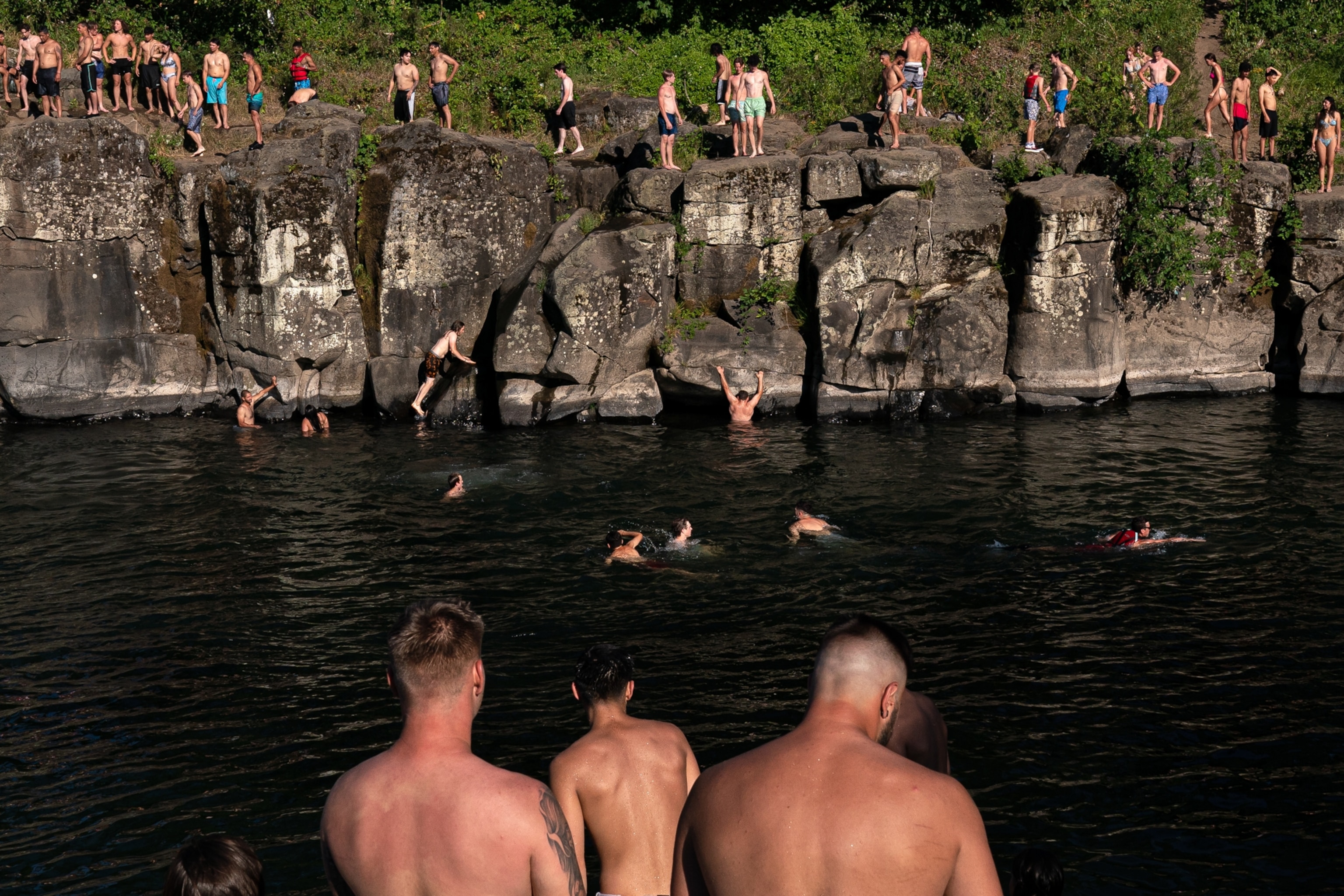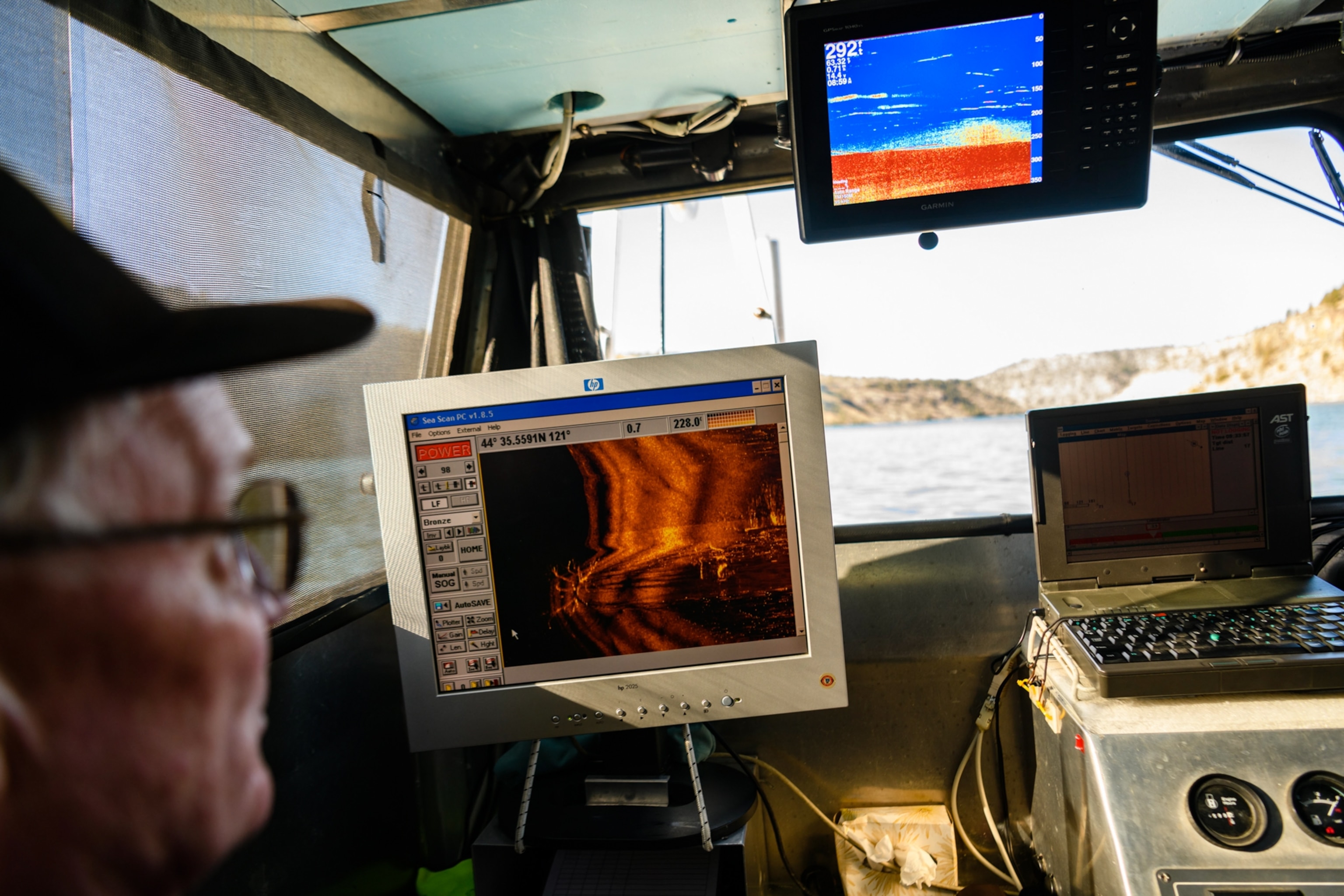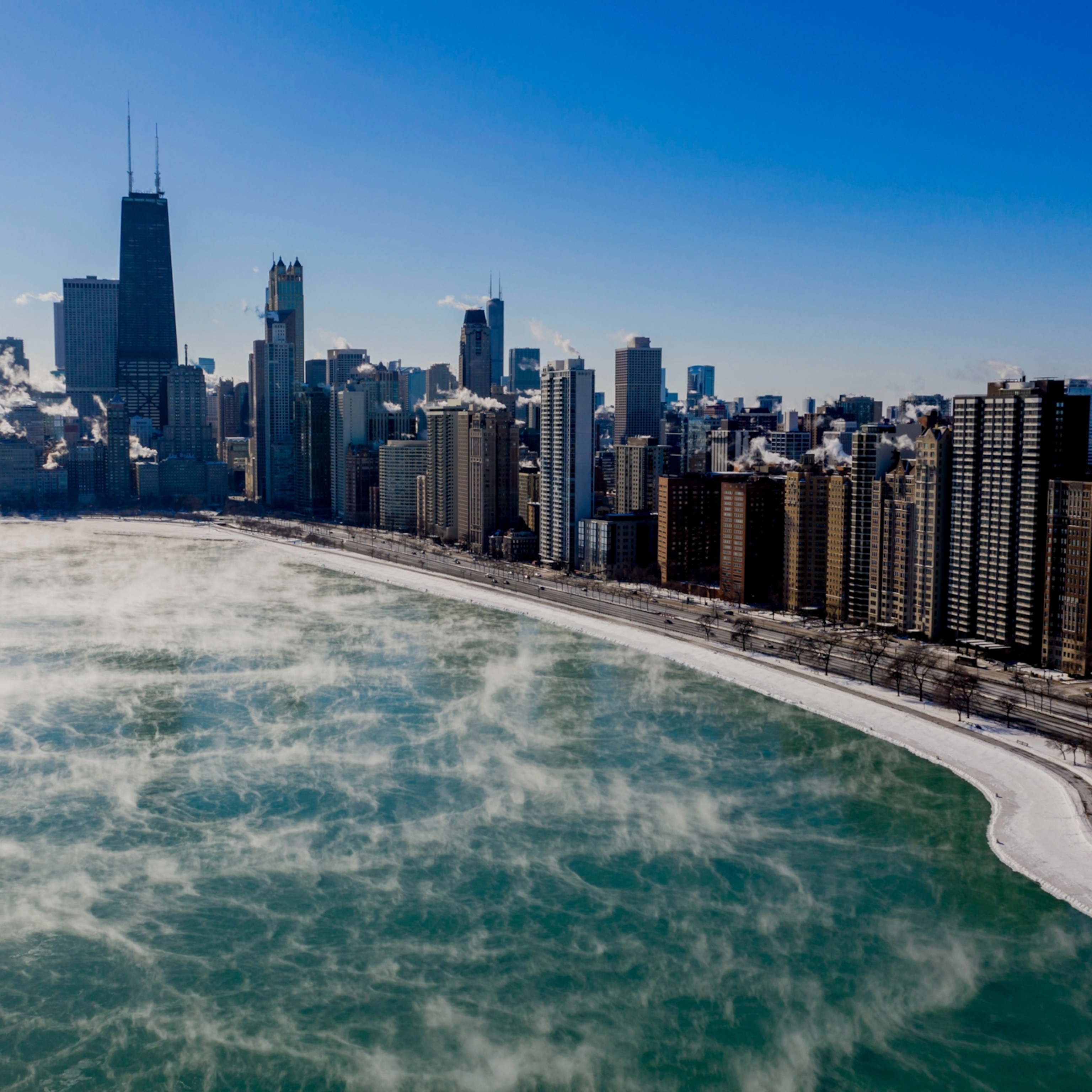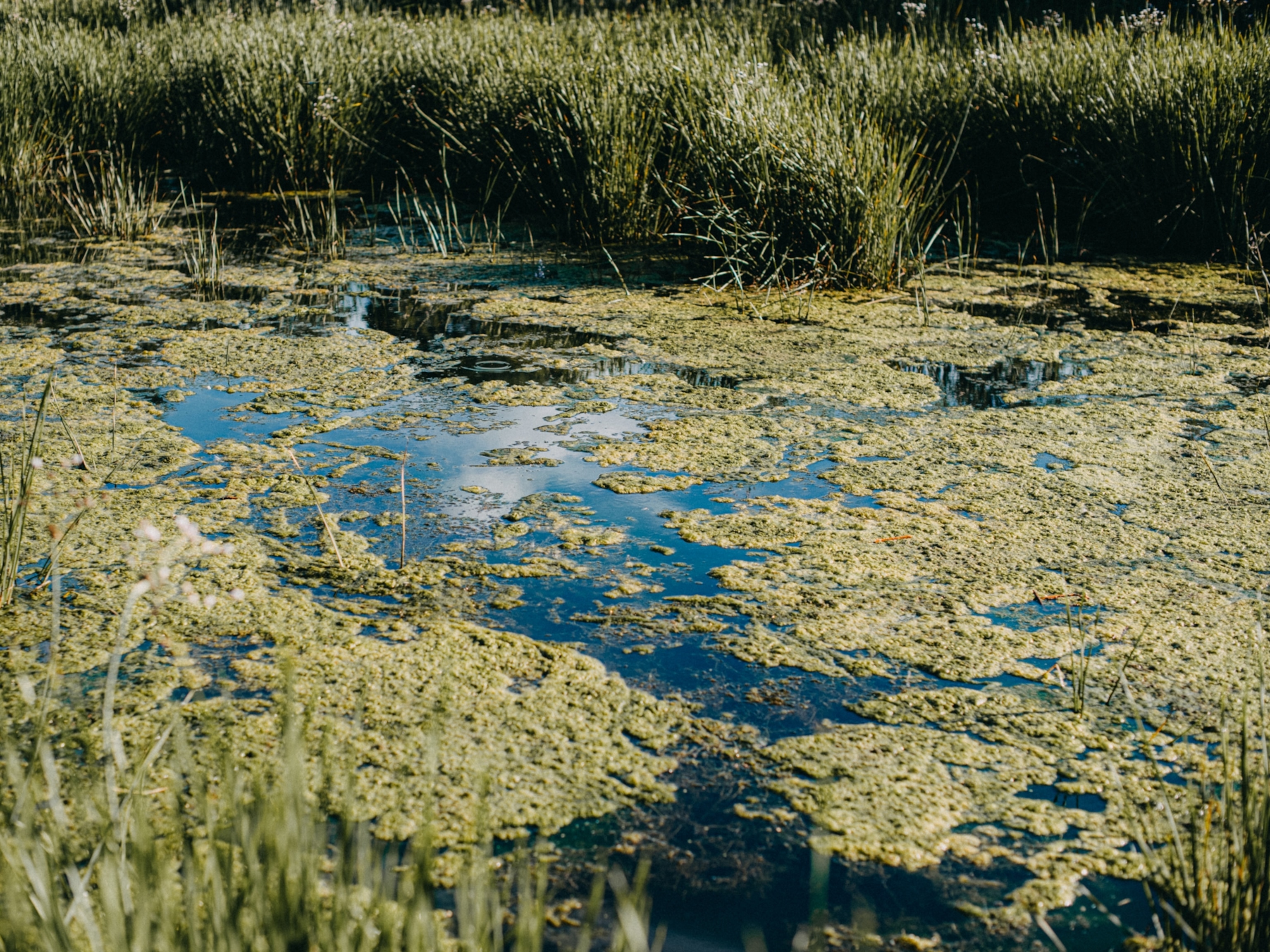Hot outside? Here's why taking an ice-cold plunge could be deadly
Just because there's a heat wave, it doesn't mean the water is warm. Here's what boaters and swimmers should be aware of before they take a dip.

Not much sounds better on a sweltering day than diving into ice-cold water. As an unseasonable heat wave has gripped the Pacific Northwest, crowds of people have headed to rivers, lakes, and waterways along Puget Sound. But the cold water worries public health experts and first responders.
Even though air temperatures topped 90 degrees Fahrenheit in some places, natural bodies of water measured closer to 40 or 50 degrees. In those conditions, even the most skilled swimmers risk drowning. Why? Cold water triggers involuntary reflexes in the body, prompting gasping, hyperventilation, disorientation, and lack of muscle control.
This risk of death in regions with cold water will grow as climate change brings more frequent and extreme heat waves.
“We definitely message heavily on that,” says Carly Kovacik, a meteorologist with the National Weather Service in Seattle. The agency recently put out a notice on social media reminding people that the “the air may be warm but the water is cold.”

For those who ignore safety measures such as wearing a life jacket, a sudden, icy plunge often will produce cold shock, which prompts reflexive gasping and hyperventilation. If you’re submerged, this will fill your lungs with water. You can also become disoriented, losing track of which way is up. After about two minutes, you’ll start to lose muscle control in your limbs. Everything combines to stop you from rescuing yourself.
The biggest threat during a heat wave is the heat itself, which can raise core body temperatures to dangerous levels, causing heat stroke and death. But heat waves can also cause a spike in a category of fatalities epidemiologists call “injury deaths.” This includes drownings, as well as deaths from traffic accidents, acts of violence, or mental health crises.
University of Washington researchers found that during an extreme heat event that struck the Pacific Northwest and western Canada in 2021, there were 159 more injury deaths than would normally have been expected for that time of year in Washington. At least four deaths during that time were due to drownings. Among them was a boater who dove into Lake Washington after his daughter went overboard. A friend described him in a news report as a “perfect swimmer.”

Staying alive with life jackets
Cold water drownings already occur with grim regularity in the western half of Washington as people are tempted outside for the first warm days of the year. As extreme heat lures more people toward the water, governments are encouraging the use of life jackets.
Flotation devices keep the head above water, letting people ride out the minute or so of uncontrollable gasping and hyperventilation with a much smaller risk of drowning. It also keeps them from sinking once their limbs can no longer function. The result is that the urge to jump into cold water doesn’t have to be fatal.
“You can do it with a life vest,” says Kristie Ebi, a professor at the University of Washington’s Center for Health and the Global Environment. “It can kill if you don’t.”
Ebi researches the health risks associated with a changing climate. Getting people to take the risk of drowning seriously is a challenge, she says, because most people tend to think they’ll be safe even if they know there’s a risk.
A widespread problem
Any region with cold water—think lakes that just thawed out or rivers fed by frigid snowmelt—presents a risk of cold shock and drowning. Extreme heat in the late spring or early summer could increase cold water drownings in Canada and the northern United States, as well as Scandinavia and the rest of northern Europe.
The UK, which experienced a record-smashing heat wave in 2022, has coastal waters that are cold year-round. A fire department in Lincolnshire County on the eastern edge of England posted a YouTube video in 2020, explaining the risk of cold shock and urging people to be careful at a local reservoir.
“Hands down,” governments in all cold-water regions expect the problem to get worse as early summer temperatures continue to rise, says Ashley Massey, a public information officer for the Oregon State Marine Board.
Massey’s agency is kicking off a social media push for National Safe Boating Week on Friday, urging people to wear life jackets. But the unexpectedly early heat wave beat the messaging.

A quick drowning
To drive their warning home, public agencies need to emphasize that an unprotected swimmer can drown much more quickly from cold shock and loss of muscle control than hypothermia, says Gordon Giesbrecht, a professor of Kinesiology at the University of Manitoba. Wearing a flotation device protects a swimmer for the 30 minutes it may take the body temperature to fall below 95 degrees.
“You’d be lucky to live long enough to die of hypothermia,” Giesbrecht says.
The increased risk does not mean you can never go into cold water. Participants in polar bear plunges swear by it. But Giesbrecht recommends wading in slowly and keeping your head out of the water. Avoid full immersion, he says, especially all at once.
And if you’re going to go in a boat or jump into the water, use a flotation device, says Ebi, the University of Washington climate health expert: “Jump in the water. Enjoy it. Wear a life vest.”








